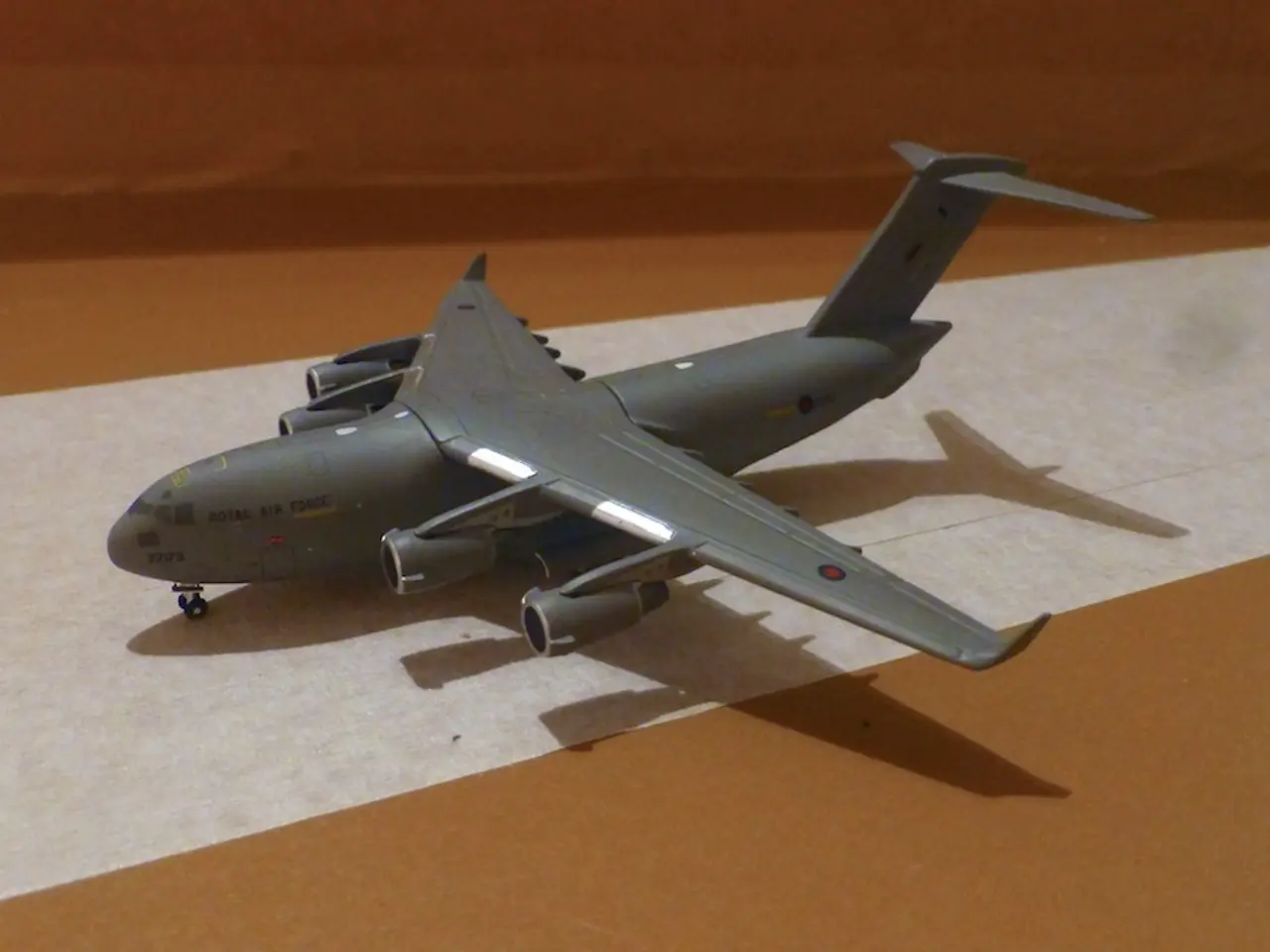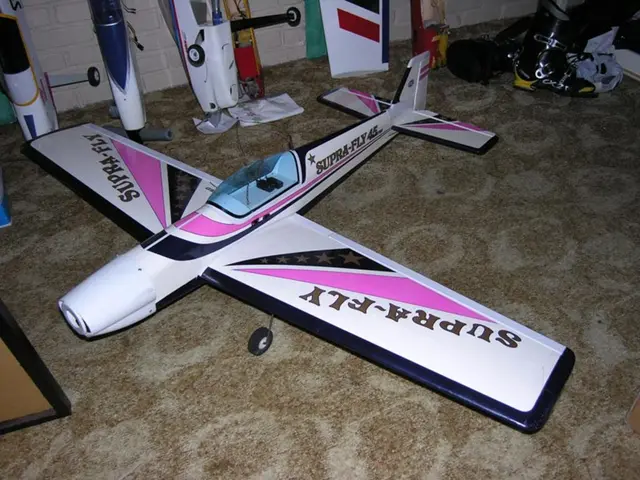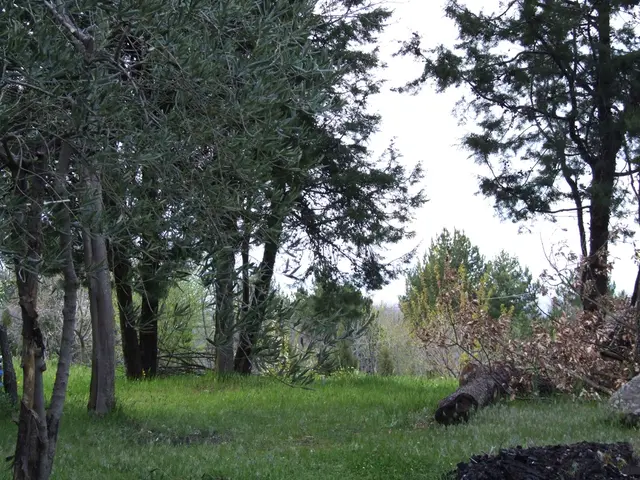NASA & JAXA Lead Charge in Developing Quieter Supersonic Aircraft
NASA and its Japanese counterpart JAXA are leading the charge in developing quieter sonic aircraft. NASA's X-59, set to fly in 2025, aims to reduce sonic booms to a low rumble, while JAXA's Re-BooT project plans to break the sound barrier with minimal noise by 2028.
NASA's Quesst program is paving the way for quiet supersonic air travel. The X-59, designed with a unique shape, will reduce the sonic boom to a low rumble, potentially easing regulations for supersonic travel over inhabited areas. Meanwhile, JAXA's Re-BooT project involves an unmanned drone that will descend through the sound barrier, aiming to minimize noise.
The X-59, initially planned for a 2024 flight, has been delayed to 2025 due to extensive engine ground tests. Powered by a modified F414-GE-100 engine, the X-59 can accelerate to Mach 1.4 at an altitude of 16,800 meters. In China, a similar effort is underway with the development of the C949 supersonic passenger jet, focusing on reducing sonic booms.
Both NASA and JAXA are making significant strides in reducing sonic booms, paving the way for quieter, faster supersonic air travel. The X-59's delayed flight to 2025 and JAXA's Re-BooT project's planned flight for 2028 mark key milestones in this endeavor.
Read also:
- Hydrogen set to revolutionize India's space expeditions, transportation sector, and clean energy ambitions, according to ISRO Chairman's claims
- Strategic approach to eco-friendly nickel production for electric vehicles in Europe
- Solar energy company, Imperium, alongside QORAY Mobility & Energies Solar Business, bolsters Nigeria's environmental future by producing superior solar panels domestically and offering flexible payment options.
- AI Inspection Company, Zeitview, Secures $60 Million Funding for Expansion








